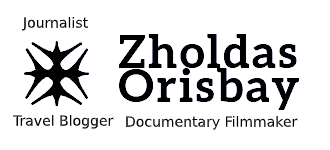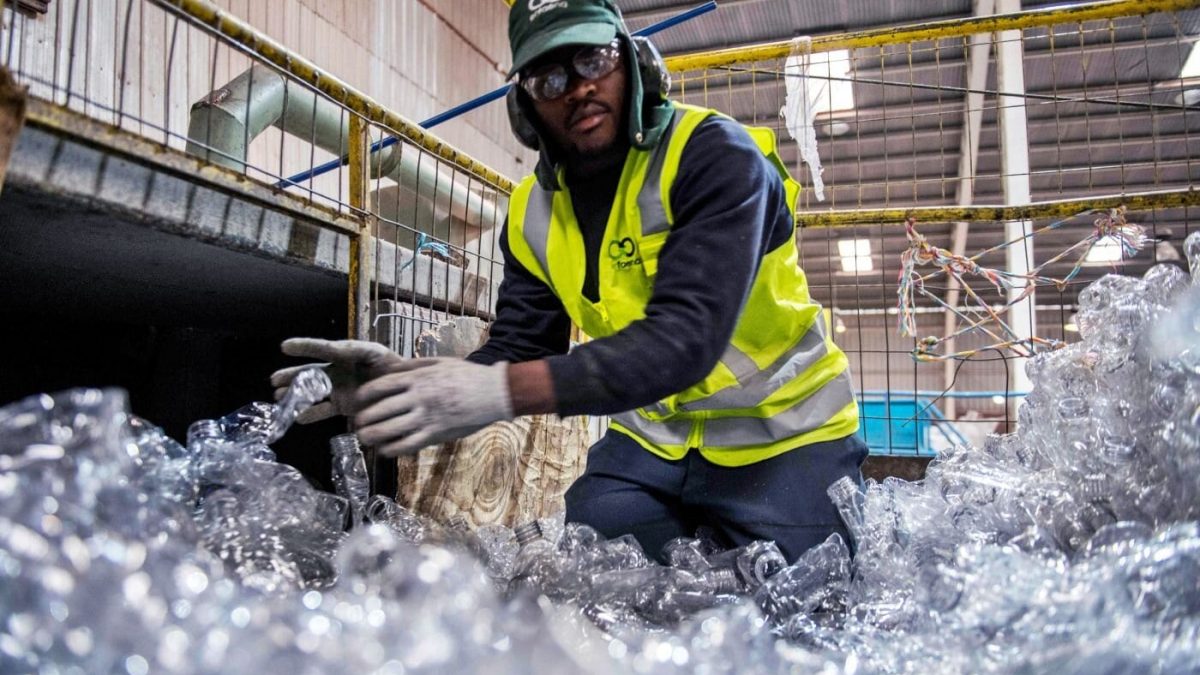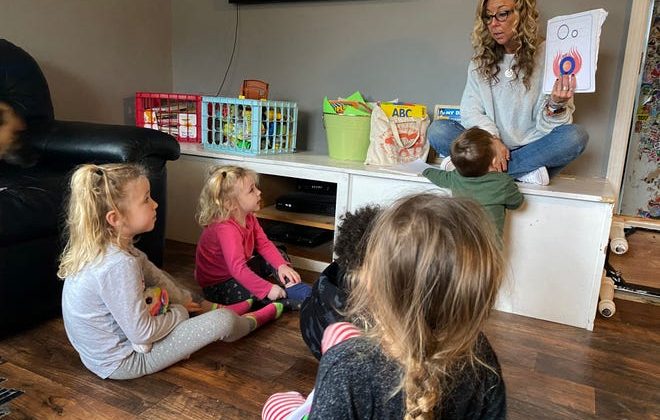What Makes a Solutions Journalism Image “Solutions Journalism”
Journalists should critically think about the elements of a solutions image when reporting solutions news.
Most research on solutions journalism has focused on the textual aspects rather than the imagery even though the first reaction of readers often stems from viewing an image. Images create mental pictures of the realities for people and they can influence the public’s understanding of issues and people.
Traumatic or Conflict Images
As a news routine, journalists may habitually select the most visual and traumatic images in order to capture readers’ attention.
Conflict- and problem-based images, however, can cause harm to society.
Researcher David Altheide of Arizona State University argued the news media’s constant emphasis on problems leads citizens to feel fearful rather than helping them to understand social issues and the complexities associated with fixing societal problems.
For example, images can affect to news reader’s memory and reinforce stereotypes. Jing Guo of the University of Maryland found out that people are less likely to remember contextual news information when an image featured someone with negative emotions and that recall diminished even further when the person in the image was from the same culture. Bo Petersson from Malmo University in Sweden argued that conflict images also often increase negative stereotypes about the victimized groups and can inspire future violent actions.
Rethinking Photojournalism
That’s why it’s critical for the news media to also think about the impacts of their images and whether their selected images support positive effects on humans.
William Gamson of Boston College noted that public relations professionals select positive images to promote people and organizations. He suggested using the same method if the news media wants to activate citizens to address social issues. He argued that the news media’s current approach promotes apathy and cynicism.
Nicole Dahmen of the University of Oregon analyzed images of resilience from the 2013 Boston bombing attack and found out that positive images of people “who saved others in Boston” went viral on mainstream media leading citizens to feel stronger and more united. Her findings stem from analyzing images and conducting in-depth interviews with the photojournalists. The results showed that photojournalists can take on a restorative role, which is the role of helping people to move forward following traumatic events. Her analyses found that the restorative narrative approach can encourage empathy and human connection in society.
Solutions Journalism Images
Solutions-based images are images that show the subject trying to solve the problem or they highlight efforts being applied to solve the problem. For example, the solutions-based images could show images of resiliency instead of showing images of a victim suffering trauma or a mug shot of the arrested suspect.
People who work for a professional news organization are more likely to select solutions images. Kyser Lough and Karen McIntyre analyzed the content and photographs of 1241 news stories from the Solutions Journalism Network’s Solutions Story Tracker. The data revealed that staff photojournalists are more likely to pick solutions-oriented images than freelance photographers, 35 percent to 9 percent respectively.
Experimental research provides evidence regarding how a news photograph is an essential part of a story. Participants respond positively when they read solution-oriented stories paired with solutions photographs. Journalism researchers Kyser Lough, Karen McIntyre and Keyris Manzanares conducted an experiment by pairing positive, negative and neutral images with solution-and conflict-oriented stories. Results also showed that participants responded negatively when a solutions-oriented story was paired with a conflicting image.
In turn, Nicole Smith Dahmen, Kathryn Thier and Brent Walth of the University of Oregon conducted an experiment in which participants selected photographs for solution-oriented stories. Most of the participants agreed that the solutions-oriented photographs were more appropriate for solutions-based stories compared to problem-based images. The data found that solution-oriented photographs would more likely engage individuals to want to solve the issue. Moreover, participants, who paired solution-oriented stories paired with solution-oriented photographs, expressed strong behavioral intentions to act toward solving the issue than when participants paired them in the other way.
Based on this research, it is advised that solutions-oriented textual stories should be paired with solutions-oriented images. For photojournalism examples, check out the SJN Story Tracker database.
We created this list of recommendations for journalists before selecting a solutions image for the publication:
- Use non-conflict images when reporting on solutions
- Use images that show progress without giving false hope
- Use images that show the how-to component of the solution
- Avoid selecting images that reinforce the victim or trauma frame
Additionally, every journalist should consider photojournalism ethics when selecting and shooting solutions images such as treating people with respect.
Editor’s Note: This research was made in a group with Alec Reo, a Graduate Student at the School of Journalism at MSU and curated by Serena Miller, a Professor at MSU School of Journalism





